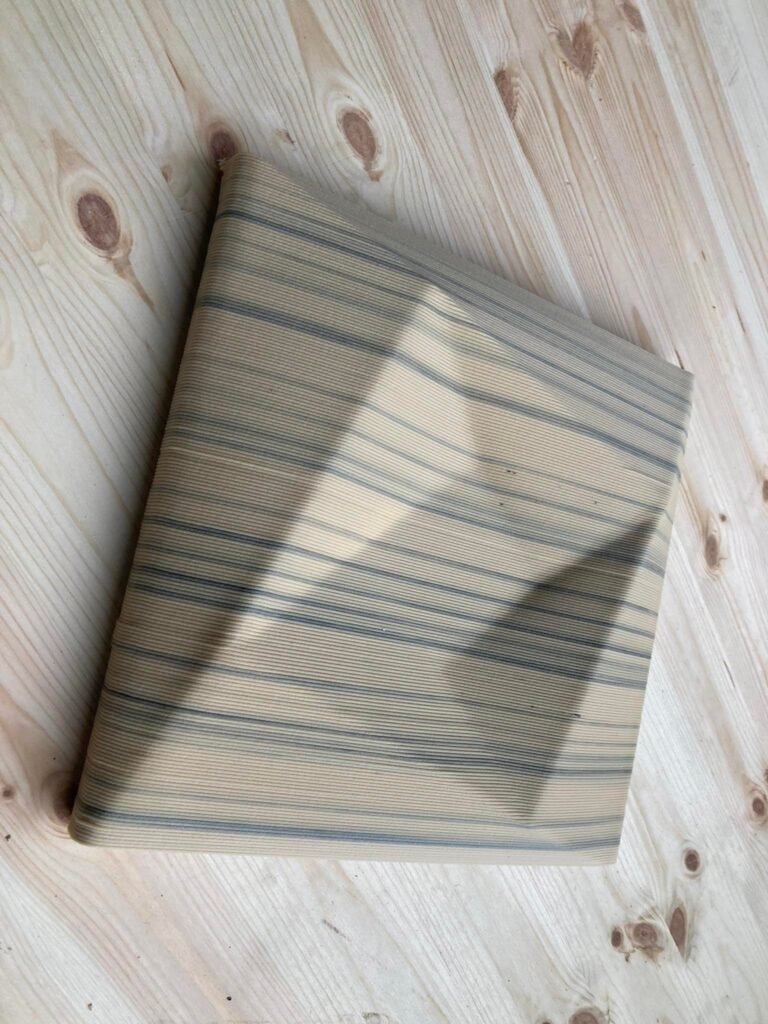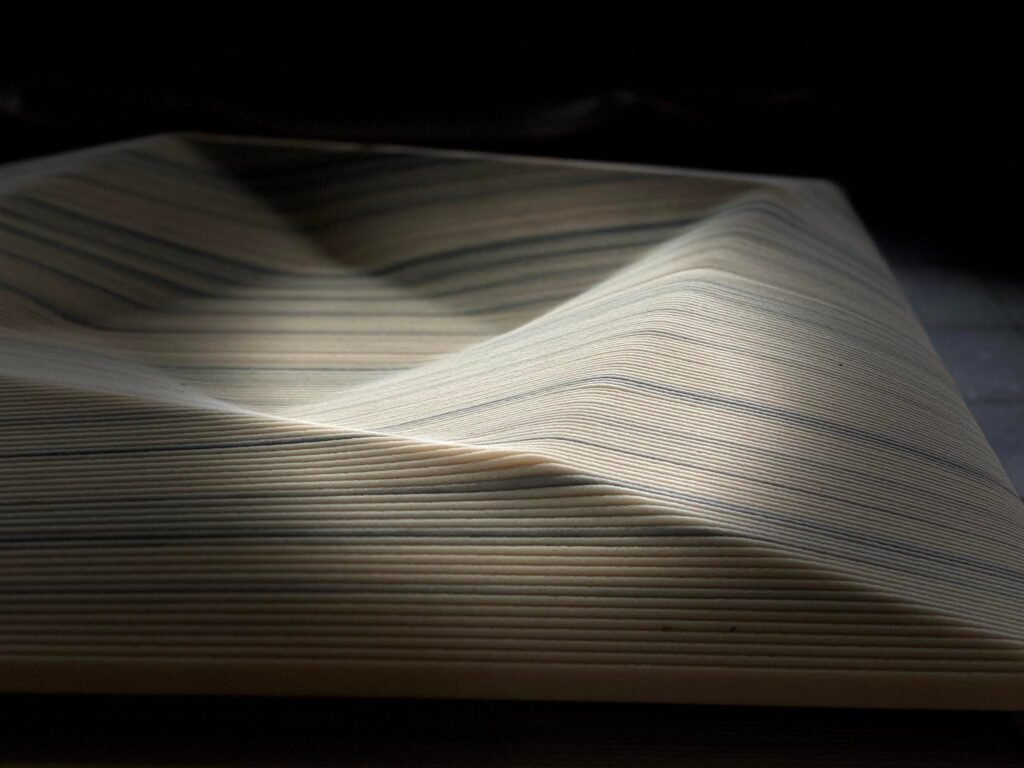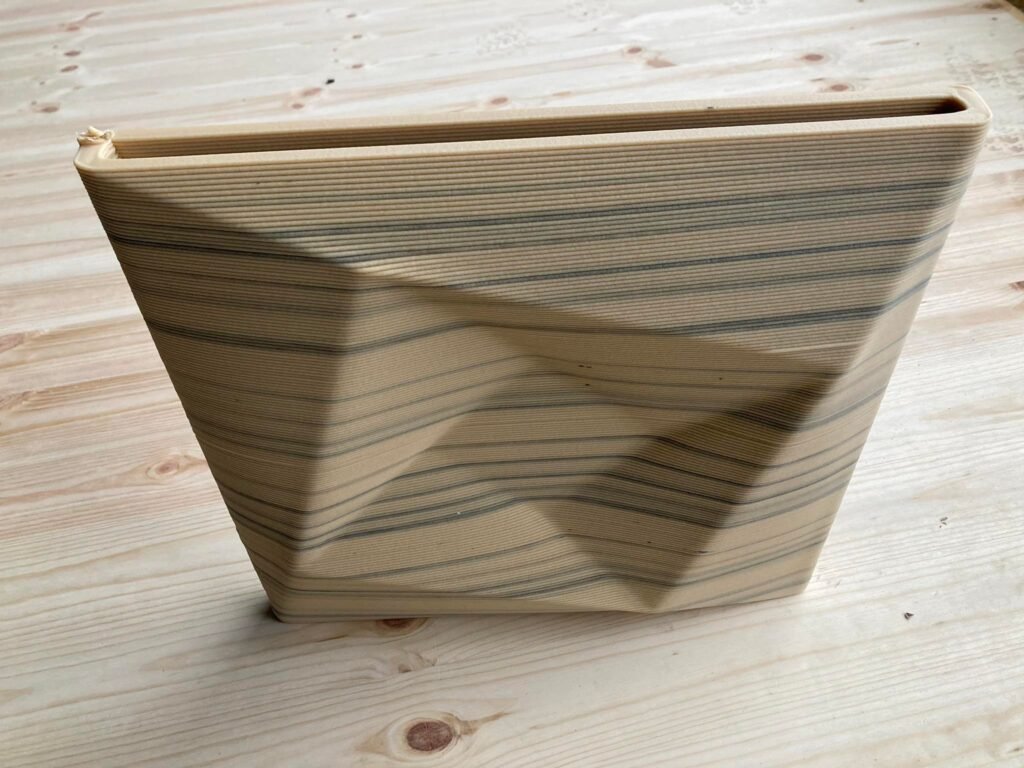Construction visionaries in Lithuania have created a large-scale 3D printer
Lina Svaldenienė
3D printing
In the building market, this technology:
- Also known as additive manufacturing
- It is sustainable, because there is practically no waste left during production with a 3D printer;
- Printing is possible with 100 percent recyclable, waste, or bio-plastics;
- Allows you to create more complex building forms;
- Ensures faster construction;
- Reduces labor costs.
3D printing will replace outdated technologies
The revolution of the construction industry requires not only investments, but also a brave, ahead of time, atypical team. This is exactly what the interdisciplinary research team of the start-up “Strato Group” is. They have been working together patiently for several years. The innovations created in the company are intended for the construction sector, as the company’s managers have experience in the fields of real estate and innovation development, and in the development of construction companies.
According to Beatričė Laurinkutė-Kievičienė, head of Strato Group, the construction sector has faced various challenges in recent years. The lack of skilled workers is driving up labor costs, there is not enough housing around the world, and the effects of climate change are more evident than ever.
“In response to this, the construction industry must review traditional construction methods and expand the boundaries of innovation”
Jokūbas Vaišvila, the chief technology officer of the startup
The company hopes that the large-scale 3D printer they are developing will change the perception of printed houses and make the construction sector even more sustainable and efficient through additive manufacturing.”It is very important to look for more efficient, sustainable production methods, especially in the construction industry, which is not only decades behind in terms of technology, but also one of the most polluting in the world,” says the founder of the startup.
Elements of complex shapes printed by the 3D printer under development will be able to replace the polluting and expensive solutions used in traditional construction. “Thanks to these innovations, production processes will significantly speed up, storage space will be saved, and the reduced weight of the structural element will help reduce logistics costs” notes J. Vaišvila.
“Strato” products are already being tested in practice
Last year, a startup with one of the world’s largest multimaterial printers offered a solution to more sustainable production to building manufacturer INHUS. “Strato Group” printed molds for casting facade panels from bioplastics for leaders in the construction sector. The mold can be reused up to 200 times. “We suggest replacing the wooden form with a plastic one, which can be recycled an unlimited number of times. We offer bioplastics, which can contain up to 30 percent of wood or other bio-origin materials. After the production process, we take the form, process it and can put it back into production,” states CTO of the startup.
Such panels can become a completely new product on the market. This product enables a unique design to be produced much more sustainably and cheaply, and provides unprecedented architectural freedom.
“We can already see examples of such facades in New York, Holland, Switzerland, but these are unique projects that are famous all over the world. Now we can offer global innovations in Lithuania as well, and still be one of the first in Europe to apply this technology”
the founder B. Laurinkutė- Kijevičienė
The first house is promised this year
Working with an ultra-large printer and testing different raw materials, Strato Group even invented several sustainable materials: hemp and straw fiber boards suitable for both furniture production and construction, mycelium boards that have thermal and acoustic insulating properties, insulating polyurethane foam, using biotechnology made from processed edible oil. Currently, “Strato Group” is developing a more sustainable alternative to replace metal fittings in buildings. A 3D-printed, complex-shaped, recyclable plastic armature would be a much lighter, greener, and non-corrosive alternative to iron.
The startup promises the contech community that the first printed house in the Baltic States will appear this year. Already, the team is assembling the details of the possible building from the innovative sustainable materials they have created. Easily transportable foam and plastic reinforcement modules could be poured with concrete on the construction site.
About global housing shortage
An estimated 900 million people worldwide live in slums, and 330 million urban households lack access to affordable, adequate and safe housing. As prices rise, these numbers will only increase. 3D printing, which can create quality, cost-effective and greener buildings faster than any other technology, can help solve the current housing problem. Additive manufacturing of buildings can soon become a real solution for mass housing supply. This would positively affect people’s lives and contribute to the creation of greener and healthier cities.
About STRATO GROUP
The “Strato Ggroup” team consists of specialists who can work interdisciplinary, their competences cover very diverse areas -. These are building construction, architecture, mechanics and/robotics, 3D printing, digital construction BIM, energy, big data and artificial intelligence, programming, chemistry, mycology and materials science. The efforts of several years are yielding results: the research team has developed unique products and building materials
The startup’s printer is designed specifically for the construction industry, although it can be adapted to other industries as well. The printer is unique not only in its size (6.0 x 5.0 x 4.0 m): it can print with several materials. This enables the production of both very strong structures from carbon fiber reinforced plastic and wood plastic composites together with printable bio-polyurethane foam.













